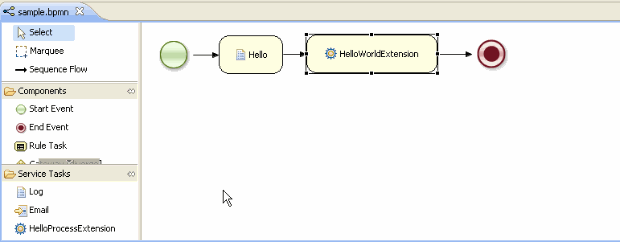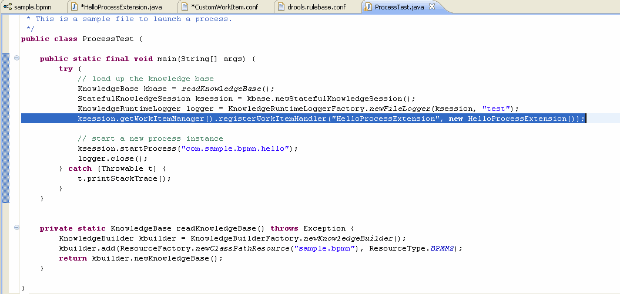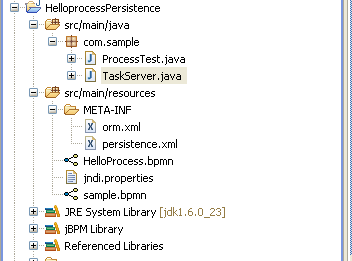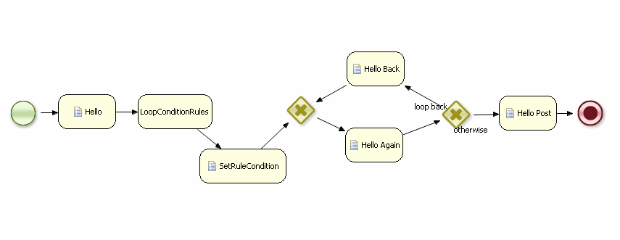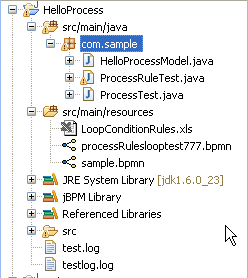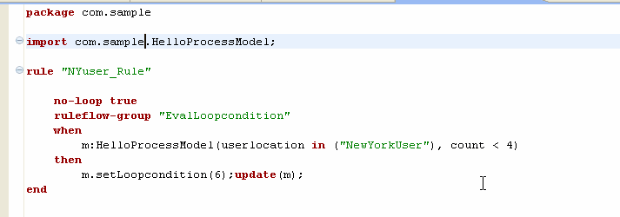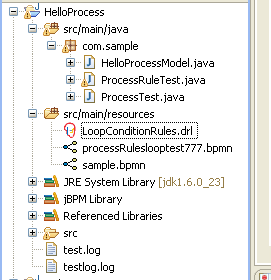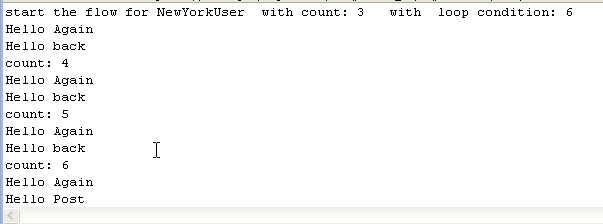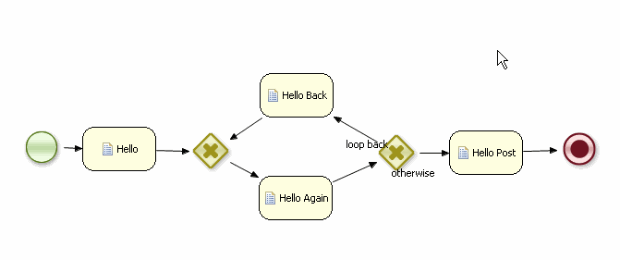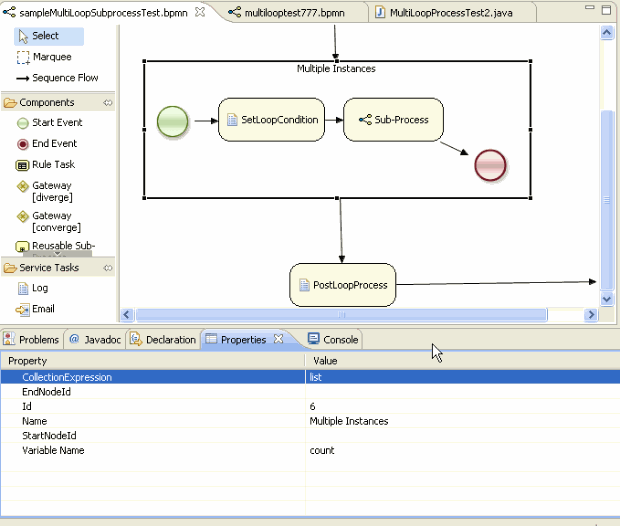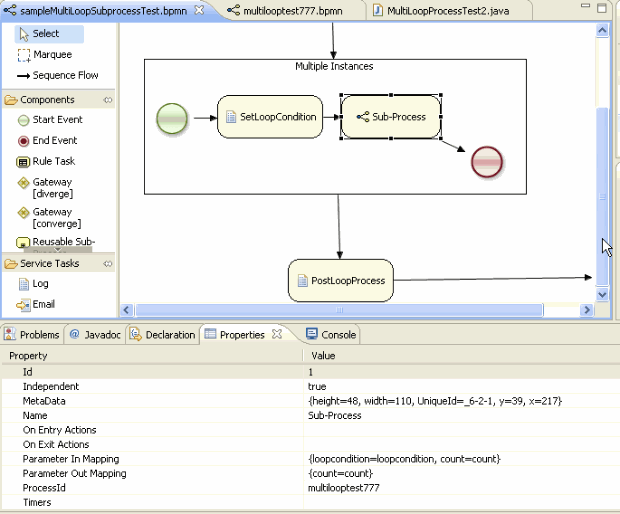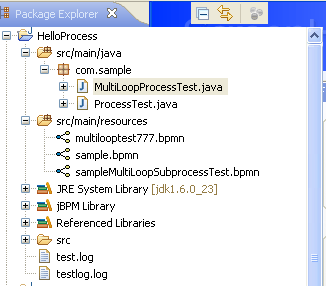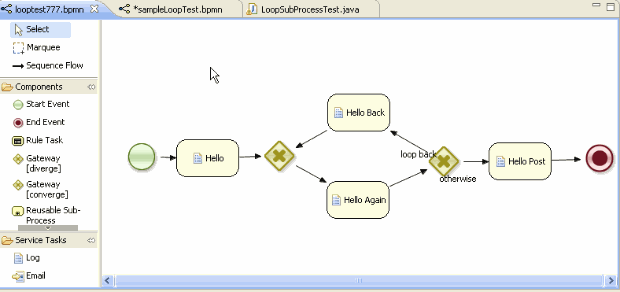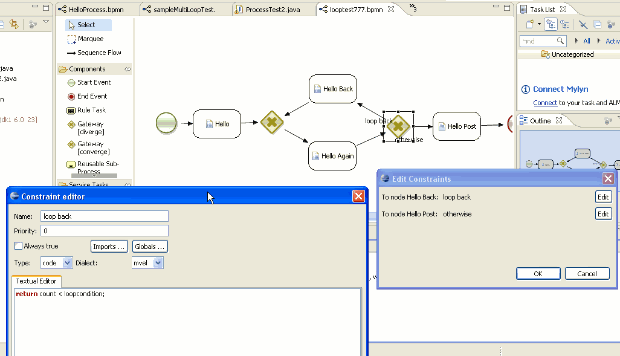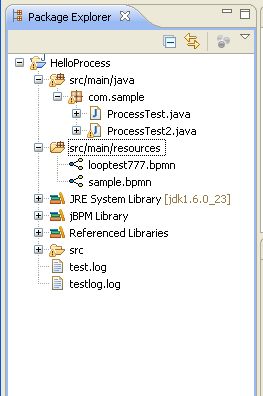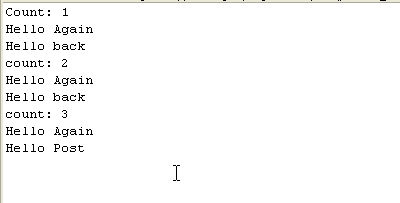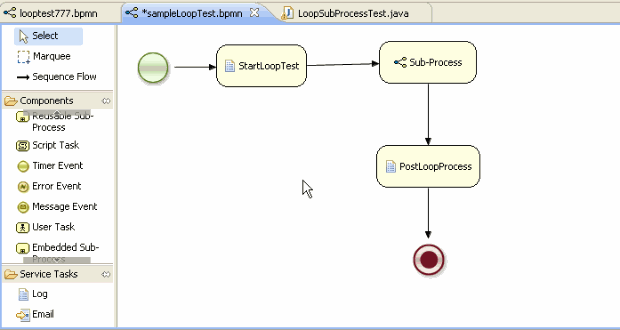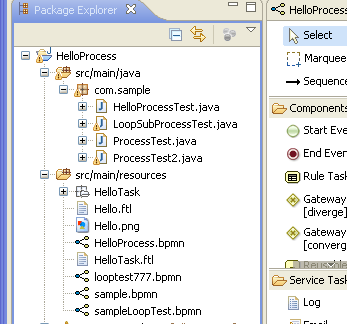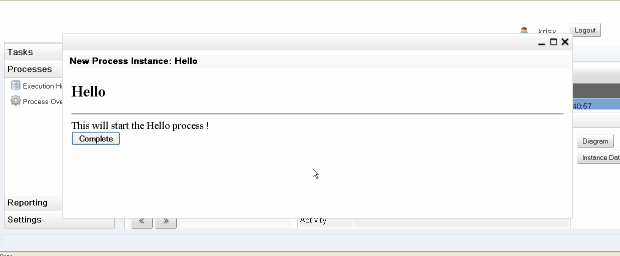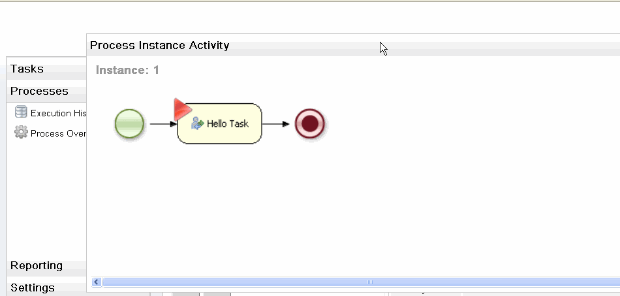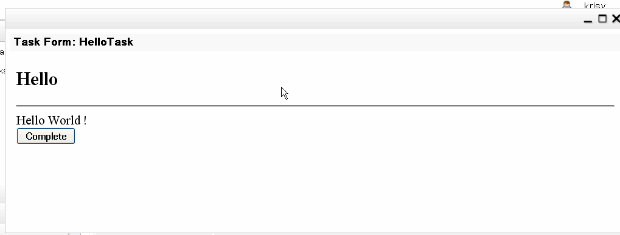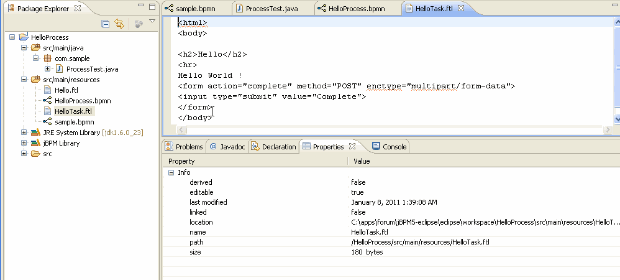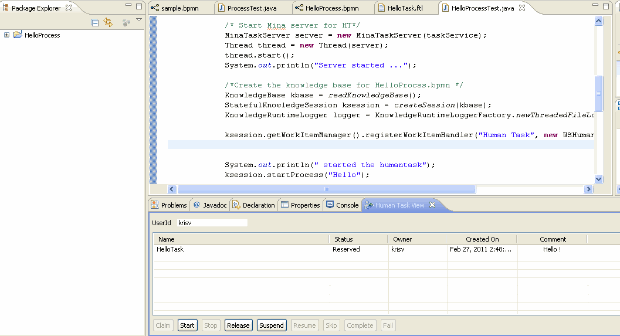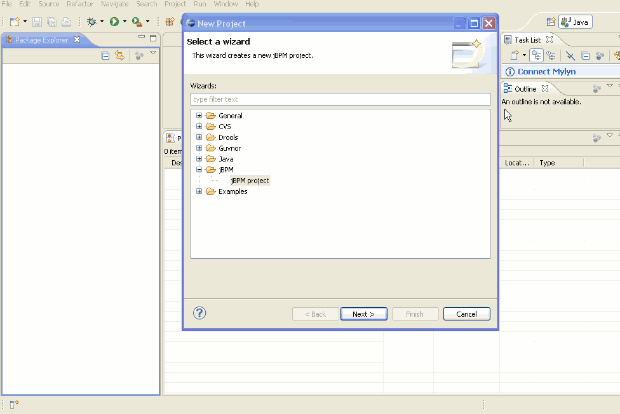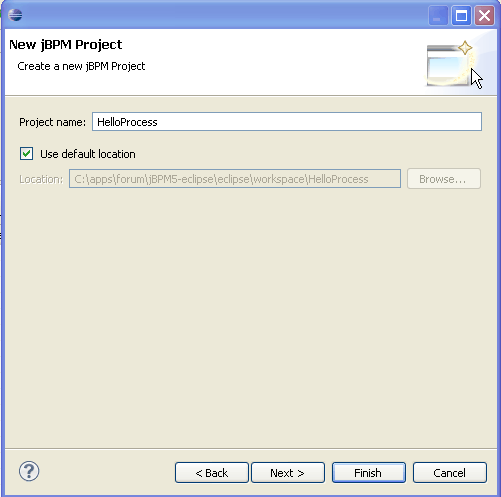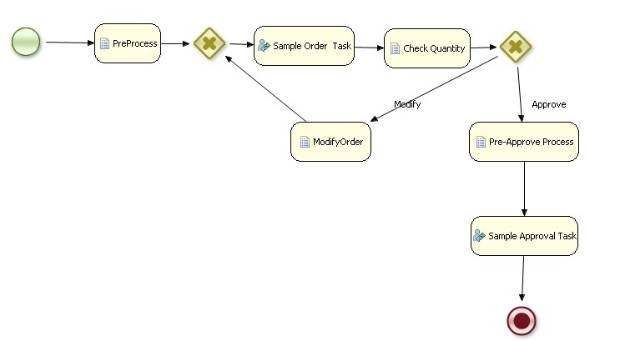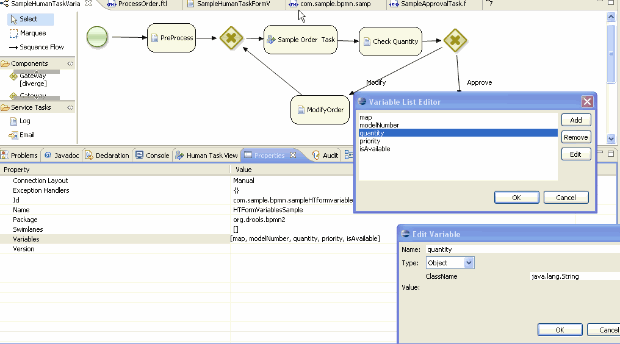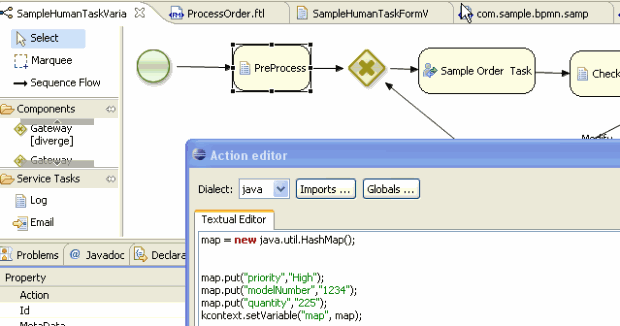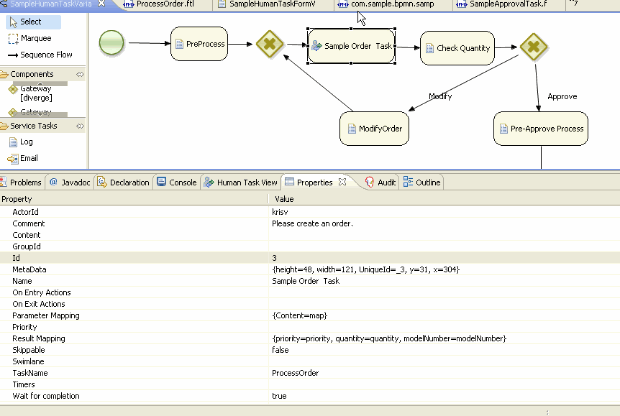Here are the required steps to get the jBPM5 console running in Tomcat6, h2 database and Bitronix transaction manager.
1.) Copy the console war files provided in JBPM_INSTALLER/lib into Tomcat’s webapps directory
These war files can also be downloaded from (http://sourceforge.net/projects/jbpm/files/jBPM%205/jbpm-5.0-Final/). This download has two war files jbpm-gwt-console-5.0.0.war and jbpm-gwt-console-server-5.0.0.war. Rename them to jbpm-console.war and gwt-console-server.war and copy them to TOMCAT_HOME/webapps
2.) Create users and roles in TOMCAT_HOME/conf/tomcat-users.xml.
Here is an example
<?xml version='1.0' encoding='utf-8'?>
<tomcat-users>
<role rolename="tomcat"/>
<role rolename="role1"/>
<role rolename="manager"/>
<role rolename="admin"/>
<role rolename="user"/>
<user username="tomcat" password="tomcat" roles="tomcat"/>
<user username="both" password="tomcat" roles="tomcat,role1"/>
<user username="role1" password="tomcat" roles="role1"/>
<user username="manager" password="manager" roles="manager"/>
<user username="krisv" password="krisv" roles="manager,admin,user"/>
<user username="john" password="john" roles="manager,admin,user"/>
<user username="mary" password="mary" roles="manager,admin,user"/>
</tomcat-users>
3.) Set the jbpm.console.directory in Catalina.bat (.sh)
Here is an example.
.. -Djbpm.console.directory=C:/jbpm5/CR1/jbpm-installer/sample/evaluation/src/main/resources ..
4.) Copy JBPM_INSTALLER\jboss-4.2.3.GA server\default\data\birt into TOMCAT_HOME\birt. This will provide the reporting functionality
5.) Copy the database driver (e.g., h2.jar) and all the dependant jar files into TOMCAT_HOME/lib.
If you use other databases such as Oracle, Mysql etc, you need to copy the corresponding jar files (http://community.jboss.org/thread/161643)
Here are the required libraries:
jbpm-persistence-jpa-5.0-CR1.jar
h2-1.2.124.jar
persistence-api-1.0.jar
geronimo-jta_1.0.1B_spec-1.0.1.jar
javassist-3.4.GA.jar
hibernate-entitymanager-3.4.0.GA.jar
hibernate-core-3.3.0.SP1.jar
hibernate-commons-annotations-3.1.0.GA.jar
hibernate-annotations-3.4.0.GA.jar
ejb3-persistence-1.0.2.GA.jar
dom4j-1.6.1.jar
commons-collections-3.1.jar
antlr-2.7.6.jar
btm-tomcat55-lifecycle-1.3.3.jar
slf4j-api-1.5.2.jar
slf4j-jdk14-1.5.2.jar
btm-1.3.1.jar
geronimo-jta_1.0.1B_spec-1.0.1.jar
6.) Start database:
e.g, run ‘ant h2.start’ from JBPM_INSTALLER directory.
7.) Start human task, e.g., run ‘ant start.human.task’ from JBPM_INSTALLER directory
You can also integrate the human task service as a startup servlet (http://community.jboss.org/thread/161260)
8.) Configure a datasource JNDI (jdbc/testDS1) using Bitronix transaction manager.
You can also refer to Bitronix (e.g., http://docs.codehaus.org/display/BTM/Tomcat13) and Tomcat JNDI (http://tomcat.apache.org/tomcat-6.0-doc/jndi-resources-howto.html) configuration documentation.
a.) Create the following btm-config.properties in TOMCAT_HOME/conf
bitronix.tm.serverId=tomcat-btm-node0
bitronix.tm.journal.disk.logPart1Filename=${btm.root}/work/btm1.tlog
bitronix.tm.journal.disk.logPart2Filename=${btm.root}/work/btm2.tlog
bitronix.tm.resource.configuration=${btm.root}/conf/resources.properties
b.) Add transaction and Resource information after 'WatchedResource' line in TOMCAT_HOME/conf/context.xml as shown below.
.........
..........
<WatchedResource>WEB-INF/web.xml</WatchedResource>
<Transaction factory="bitronix.tm.BitronixUserTransactionObjectFactory" />
<Resource name="jdbc/testDS1" auth="Container" type="javax.sql.DataSource"
maxActive="15" maxIdle="2" maxWait="10000"
logAbandoned="true"
username="sa" password=""
driverClassName="org.h2.jdbcx.JdbcDataSource"
url="jdbc:h2:tcp://localhost/~/test"/>
..........
.........
c.) Create 'resource.properties' in TOMCAT_HOME/conf as shown below.
resource.ds1.className=bitronix.tm.resource.jdbc.lrc.LrcXADataSource
resource.ds1.uniqueName=jdbc/testDS1
resource.ds1.minPoolSize=0
resource.ds1.maxPoolSize=5
resource.ds1.driverProperties.driverClassName=org.h2.jdbcx.JdbcDataSource
d.) Modify TOMCAT_HOME/conf/server.xml to include BTMLifecycleListener after the line that has GlobalResourcesLifecycleListener as shown below.
.........
<Listener className="org.apache.catalina.mbeans.GlobalResourcesLifecycleListener" />
<Listener className="bitronix.tm.integration.tomcat55.BTMLifecycleListener" />
....
e.) Modify TOMCAT_HOME\webapps\gwt-console-server\WEB-INF\classes\META-INF\persistence.xml to include the Bitronix value for hibernate.transaction.manager_lookup_class as shown below.
.
....
<property name="hibernate.transaction.manager_lookup_class" value="org.hibernate.transaction.BTMTransactionManagerLookup" />
...
Login to console http://localhost:8080/jbpm-console (krisv/krisv)







